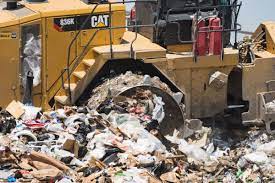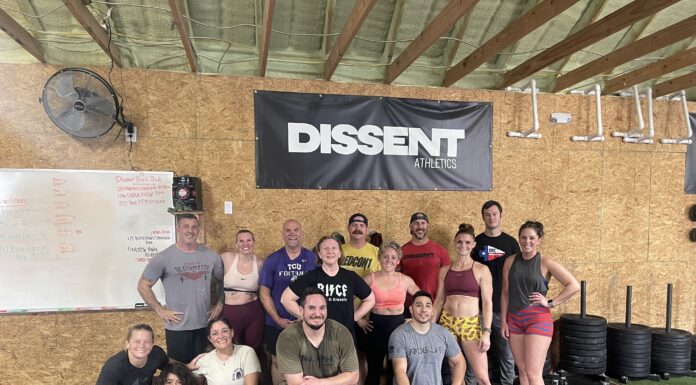The following information was from the article “It’s win-win”: Fort Worth will sell gas from your trash through a new landfill program by Haley Samsel published February 25, 2023, in the FWR – Fort Worth Report.
Landfill gas — composed of roughly 50% methane and 50% carbon dioxide — is generated when organic material, like food scraps, decomposes. Greenhouse gases generated by human activity, including carbon dioxide and methane, are the most significant drivers of global warming, according to the Environmental Protection Agency.
“We have to be looking toward solutions and sustainability, and not look to just put everything out in the air,” [Janet] Mattern, who created the Tarrant County Environmental Action Network, said. “The city leaders were pretty good at getting rid of pollution 10 years ago, but now it’s getting worse again because there’s more traffic, there’s more industry.”
Thanks to a contract approved by City Council members on Feb. 14, Fort Worth is moving toward Mattern’s preferred solution: setting up a landfill gas collection system that would allow the Southeast Landfill and its contractor, Republic Services, to sell the gas it generates.
Brandon Bennett, who oversees the Southeast landfill lease as the city’s code compliance director, said Republic already captures gas in the lining of the landfill. When enough gas is generated, the landfill flares, or burns excess natural gas, into the atmosphere.
Flaring is necessary so that it doesn’t escape into the environment in its raw form, which is more harmful, Bennett said. The process still results in methane and carbon dioxide emissions, according to the Department of Energy, and several Texas environmental groups are pushing the EPA to tighten its restrictions on flaring in oil and natural gas operations.
“Flaring is always a temporary, stop-gap measure until you can capture sufficient quantities to sell it on the market,” Bennett said. “Certainly it’s a waste of money to flare it off and the best thing environmentally is to capture and reuse the gas.”
Landfill gas can become a source of compressed natural gas or liquid natural gas, which can be used to power trucks and equipment or be resold commercially. At the Westside landfill, Waste Management built an energy plant on-site to turn the gas into electricity, Bennett said.
Thanks to surging amounts of commercial and residential waste in North Texas, the Southeast landfill is expected to close in less than 15 years, according to previous Fort Worth Report coverage. The methane capture program will continue for at least 25 years after that closure date, Bennett said.
For Mattern, the city’s move is a positive step toward reducing air pollution in the Fort Worth area. She points to EPA data showing that the Southeast site in Kennedale emitted 142,000 metric tons of greenhouse gases in 2021.
Read full article HERE








































